Hot peppers, new fences, and drinking from wild waterBill Davison recommends a few of his favorite Substack postsThis week’s edition of Substack Reads was curated by Bill Davison, who shares essays about the natural world, tips to re-wild your yard, and wildlife photography on his Substack, Easy By Nature. Bill served in the Army and has worked as a biologist and organic vegetable farmer. He lives in Illinois with his wife and two children and currently works at the Savanna Institute, helping farmers grow trees and shrubs as crops. Some of his most popular posts are “What an Owl Knows,” “A Trusting Goldfinch,” and “Birds Are the Most Interesting Thing.” If you enjoy Bill’s edit today, be sure to subscribe to his Substack. I have been a writer at heart my whole life. Now, at 53, I am beginning to realize my latent potential. If you looked at my life trajectory, you would not predict it would lead to writing on Substack about nature, birds, gardening, and embracing healthy masculinity. My career largely entailed being physically active outdoors, and my identity was wrapped up in my accomplishments. It took a crisis to open me to the mysteries of creativity. A noisy career spent surrounded by mortar rounds, chainsaws, guns, and motors caught up with me when I developed tinnitus in 2018. After the sudden onset of this ailment, I began the long, slow, and often painful process of becoming more sensitive, letting my ego fade into the background, and opening myself to new ideas and experiences. With this new mindset, I started writing. At the same time, I was learning to take photos of birds, and the creativity that was emerging in my writing spilled over into my photography. I realized I could use my knowledge of birds to capture compelling images and highlight intimate moments in their lives. The resulting essays often left me wondering, “Where did this come from?” People urged me to write more, and that led me to Substack. Joining Substack felt like coming home to a family of kindred spirits. I found it incredibly reassuring and inspiring. Through Substack, I came to love poetry, and my writing has led me to new people despite my introverted tendencies. I spent the first 48 years of my life conforming to the dictates of culture. I am less constrained now. I am moving out of a rigid, tangible, and concrete way of being into a flexible, intangible, and ineffable way of being. I am more interested in a turn of phrase than another turn of the crank. Writing has helped me realize who I am at my core and that, like all of us, I have gifts to give. Gifts that are elevated by the stream of poetic ideas that flow through the world like a soft breeze and buoy our best intentions. We are in this together, and we can all take flight and realize our potential by following our inner light. Here’s to shining more light into the world by supporting writers who are open to epiphany. They can connect us with life outside of ourselves so we can move out of our heads and into our hearts. RURAL LIFEThe Field— David Knowles in Elvers by Moonlight It’s the rare author who can so vividly describe a scene that you can feel the damp air and smell the sea. David Knowles is one such writer. David is a fighter pilot and poet working on a PhD in Gaelic dialectology at Edinburgh University. In his essay “The Field,” he describes how he adapts to life in a small village after leaving the structure of the military behind. He finds that the company of a dog and a newly strung fence shape his life on the land. In the process, he comes to know the resilient residents who stay attached to their small plots of land, despite larger economic forces that pull them away. His writing is a joy to read.
RELIGIONNew light: Finding universal truths—Erik Rittenberry in Poetic Outlaws When I first dipped my toe into the ocean that is poetry, Poetic Outlaws by Erik Rittenberry became my immediate go-to. Every week, Poetic Outlaws delivers a thought-provoking poem and the occasional essay. I discovered Charles Bukowski here. What a gift! Erik is an excellent writer as well, and I enjoyed learning about his experiences with religion and how reading has helped shift his perspective over the course of his life.
PHOTOGRAPHYBeen a little lost— David E. Perry in In The Garden Of His Imagination I have found a kindred spirit in David Perry. We are both pulled to capture (or attempt to capture) the beauty of nature and the essence of wild creatures with our cameras. Then we process our thoughts and feelings about these images into essays. So for me, reading David’s work is like having a meaningful conversation with a close friend. He has an equal talent for writing and photography. He manages to blend beautiful prose with a conversational tone. And you’ll want to go back to his photos again and again to appreciate his eye for composition, light, and color. I loved this recent essay about how we can feel lost at times and find our footing again by connecting with nature.
GROWTHHot peppers and radical acceptance— Suleika Jaouad in The Isolation Journals with Suleika Jaouad Suleika Jaouad is a cancer survivor who practices self-acceptance to help her embrace the small joys in life. In this essay, dogs, peppers, and family help her navigate uncertainty. She describes why her life is good despite her illness, and might even be good because of it, thanks to the clarifying power illness can bring. Her lucidity enables her to plant the seeds of future joy amid the challenges of the present.
CLIMATEPutting hands to work— Jason Anthony in Field Guide to the Anthropocene As a Midwesterner visiting the coast of Maine in 2015, I felt like I’d entered an otherworldly place. The ocean’s vastness, the deep and mossy woods, the lobsters. Nothing about it was familiar, and everything about it was magical. Jason Anthony comes from a long line of Mainers living on the Atlantic coast. He also spent quite a bit of time in Antarctica. I suspect this explains his commitment to sharing his in-depth knowledge of climate change, which he does with a poetic sensibility. His essays are edifying and inspirational. He can tell you about the impact of roads on wildlife, the mystery of eel migration, and how to build birdhouses. Jason doesn’t just want you to understand the problems associated with climate change; he wants to empower you to be part of the solution.
NATURESoil and soul, water and light— Antonia Malchik in On the Commons I was fortunate to live in Missoula, Montana, during my undergrad years. When I ran across Antonia Malchick’s Substack, I found that her way with words matches the beauty of the northwestern Montana landscape she calls home. Antonia has a deep appreciation for walking in the outdoors. In her essays, she examines how our relationship with the land has shifted over time, particularly in regard to “ownership, private property, and what we lose in the privatization of the commons.” It’s personal for Antonia, as she watches more acres come under private control and communities lose access to the land and water.
POETRYI read a poem and now I’m pretentious— Hari Berrow in Nature with Hari Berrow Not all nature writing has to be about beauty, poetry, and close encounters with wildlife. Sometimes, as with Hari Berrow, nature writing is about … complaining. Hari describes herself as someone who loves nature but is pretty sure that nature does not love her back. Her first essay, “How I will learn to stop worrying (and love outside),” made me laugh out loud. She is prone to sunburns, migraines, and bug bites, but still attempts to get that transcendent outdoor experience others talk about. Although her primary tone is humor—and she is very funny—Hari also offers constructive insights and effectively weaves unexpected threads into a coherent narrative, as here, where she brings the beauty of poetry and nature together (without being pretentious).
CREATIVITYArt as a way of being— Bill Sawalich in Art + Math Prior to reading Bill Sawalich’s Art + Math, I hadn’t given much thought to the work of a professional photojournalist. Their subjects tend to be dismal: headline news (dreadful), sports (I’ll pass), and celebrities (don’t get me started). It all seems so distant from what I’m trying to accomplish. But I was wrong! Bill’s snappy and articulate writing style, along with his years of experience in the world of photojournalism, showed me that all creative people face the same challenges and criticisms—even when they’re as famous as Rick Rubin. While reading Rubin’s book The Creative Act: A Way of Being, Sawalich finds freedom in the concept that following the rules leads to average art.
New on SubstackThis week we released Substack Summer Recaps, an at-a-glance, personalized recap of everything you read, watched, and listened to in the past few months. Emma Gannon shared a lovely reflection on her Recap in The Hyphen by Emma Gannon and discussed why reading on Substack is her favorite thing to do: “Brilliant writing, from my favorite writers, sent directly to my inbox — and I get to pay them directly, too.” Get your Summer Recap at the link below: Reading this on an Android? Click here to get your recap. Recently launchedNoteworthy notes
Inspired by the writers featured in Substack Reads? Creating your own Substack is just a few clicks away: Substack Reads is a weekly roundup of writing, ideas, art, and audio from the world of Substack. Posts are recommended by staff and readers, and curated and edited by Substack’s editors. Got a Substack post to recommend? Tell us about it in the comments. |
Search thousands of free JavaScript snippets that you can quickly copy and paste into your web pages. Get free JavaScript tutorials, references, code, menus, calendars, popup windows, games, and much more.
Hot peppers, new fences, and drinking from wild water
Subscribe to:
Post Comments (Atom)
When Bad People Make Good Art
I offer six guidelines on cancel culture ͏ ͏ ͏ ͏ ͏ ͏ ͏ ͏ ͏ ͏ ͏ ͏ ͏ ͏ ͏...
-
code.gs // 1. Enter sheet name where data is to be written below var SHEET_NAME = "Sheet1" ; // 2. Run > setup // // 3....
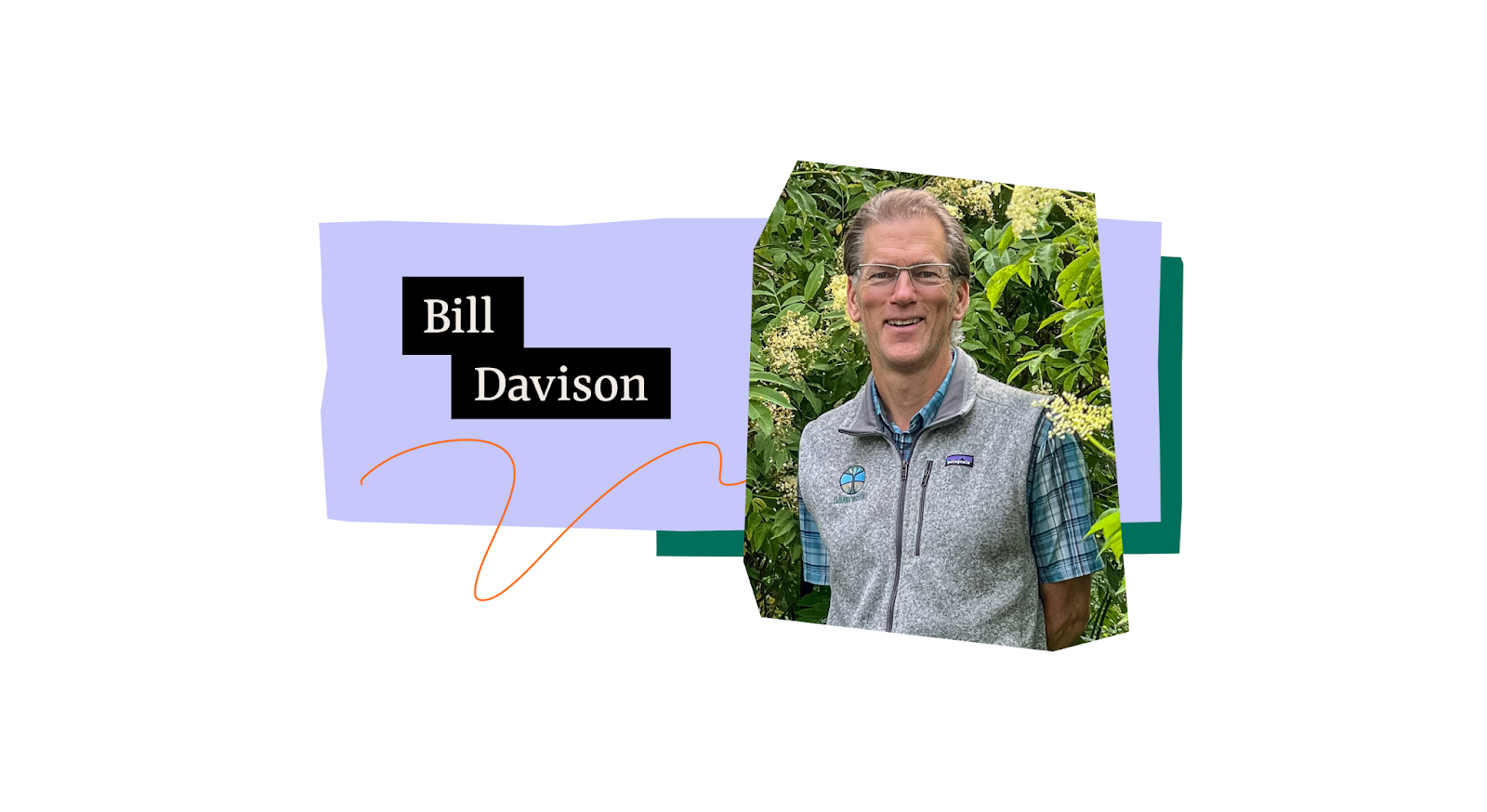

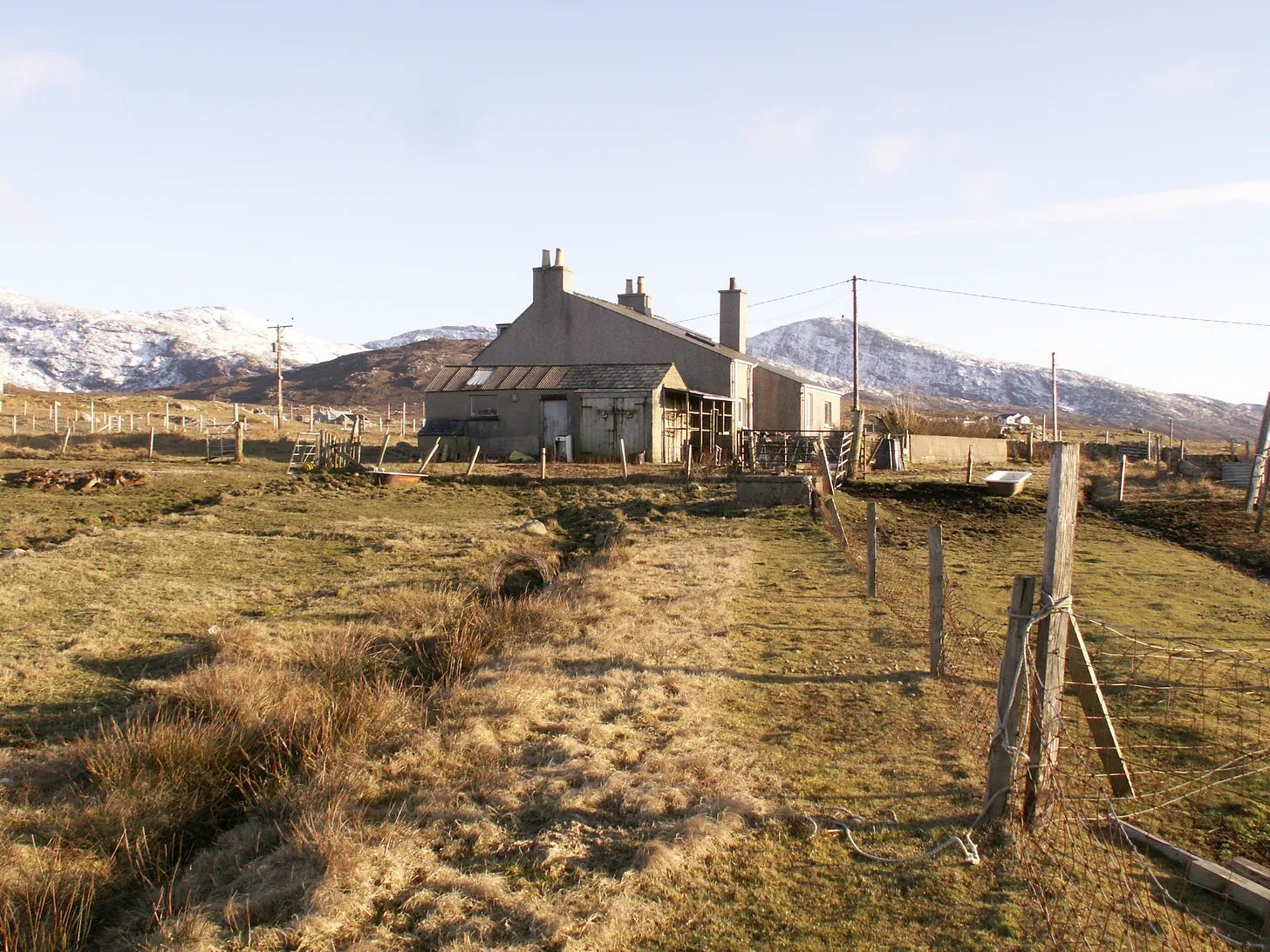

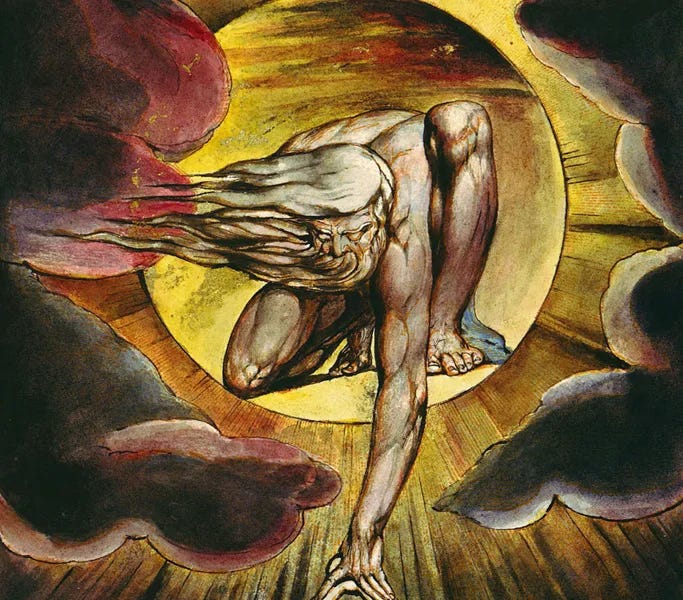
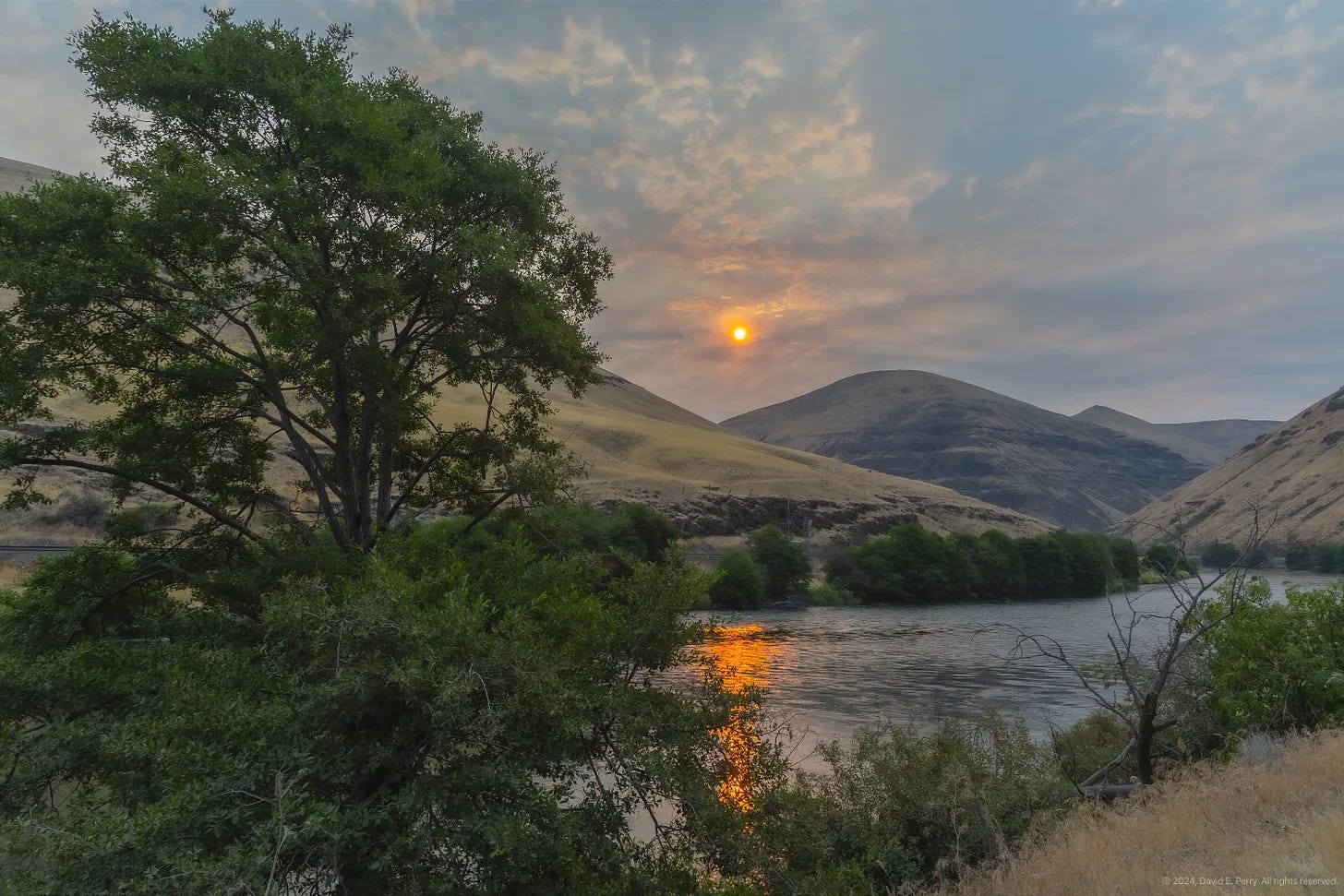
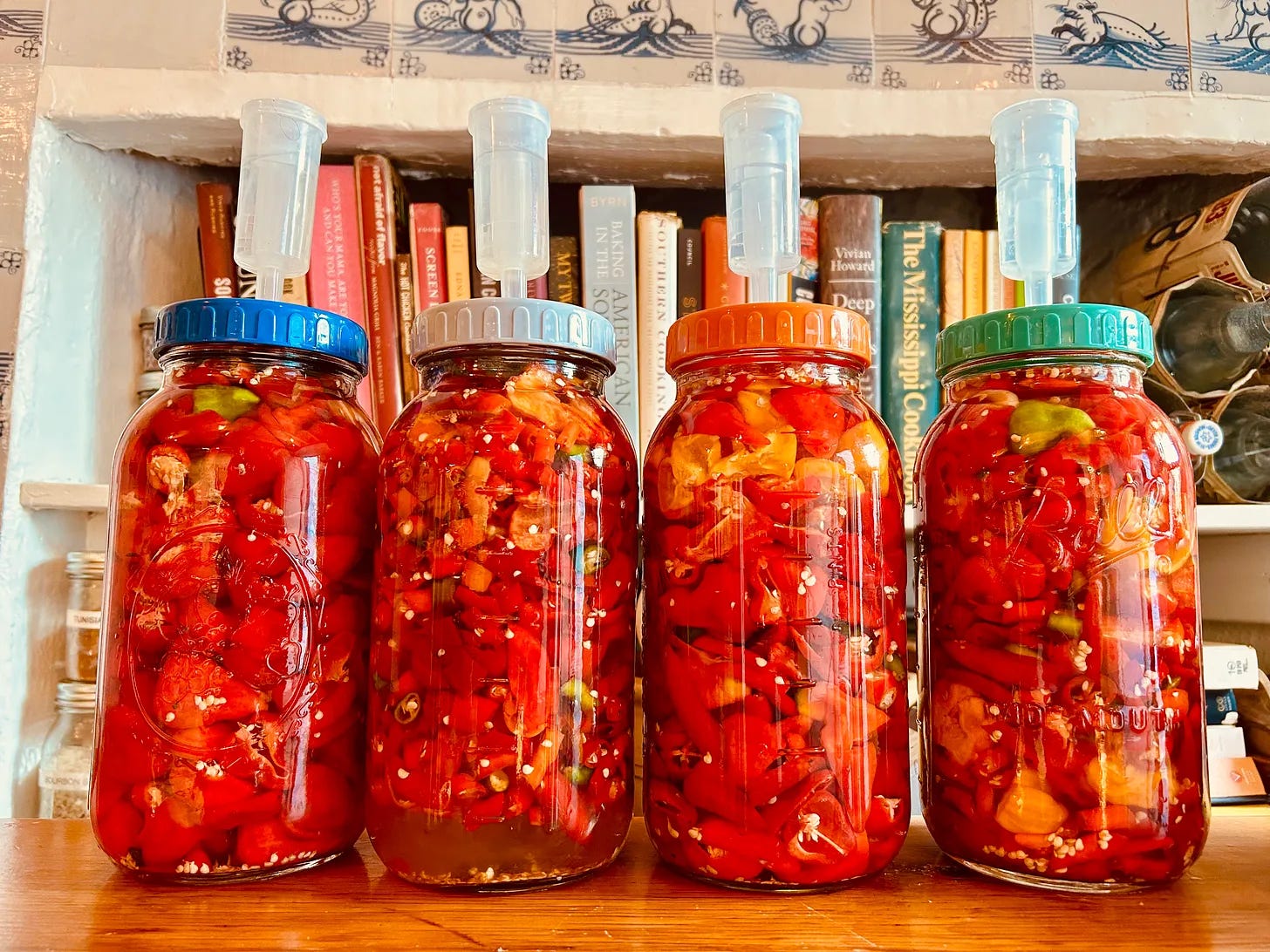

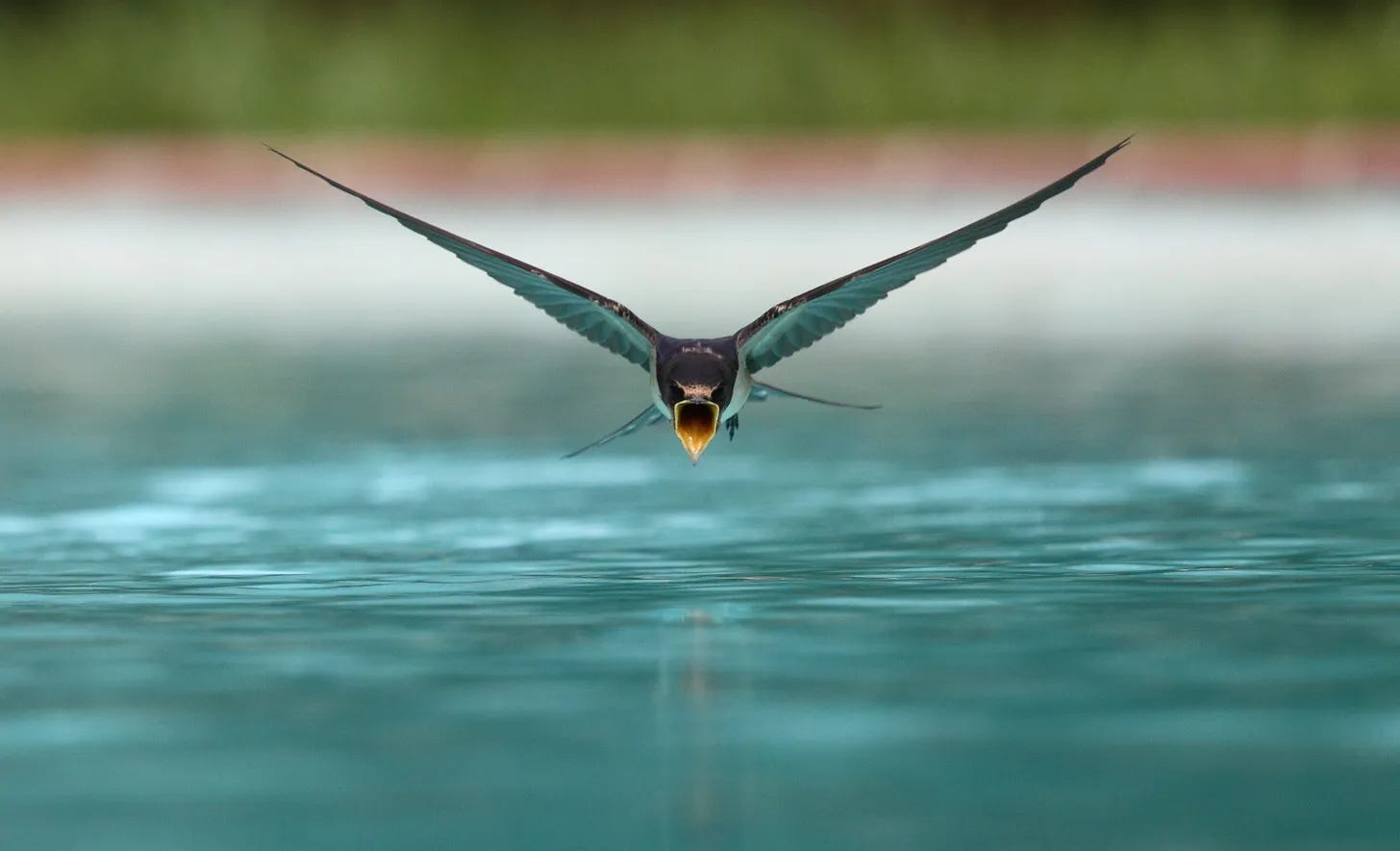
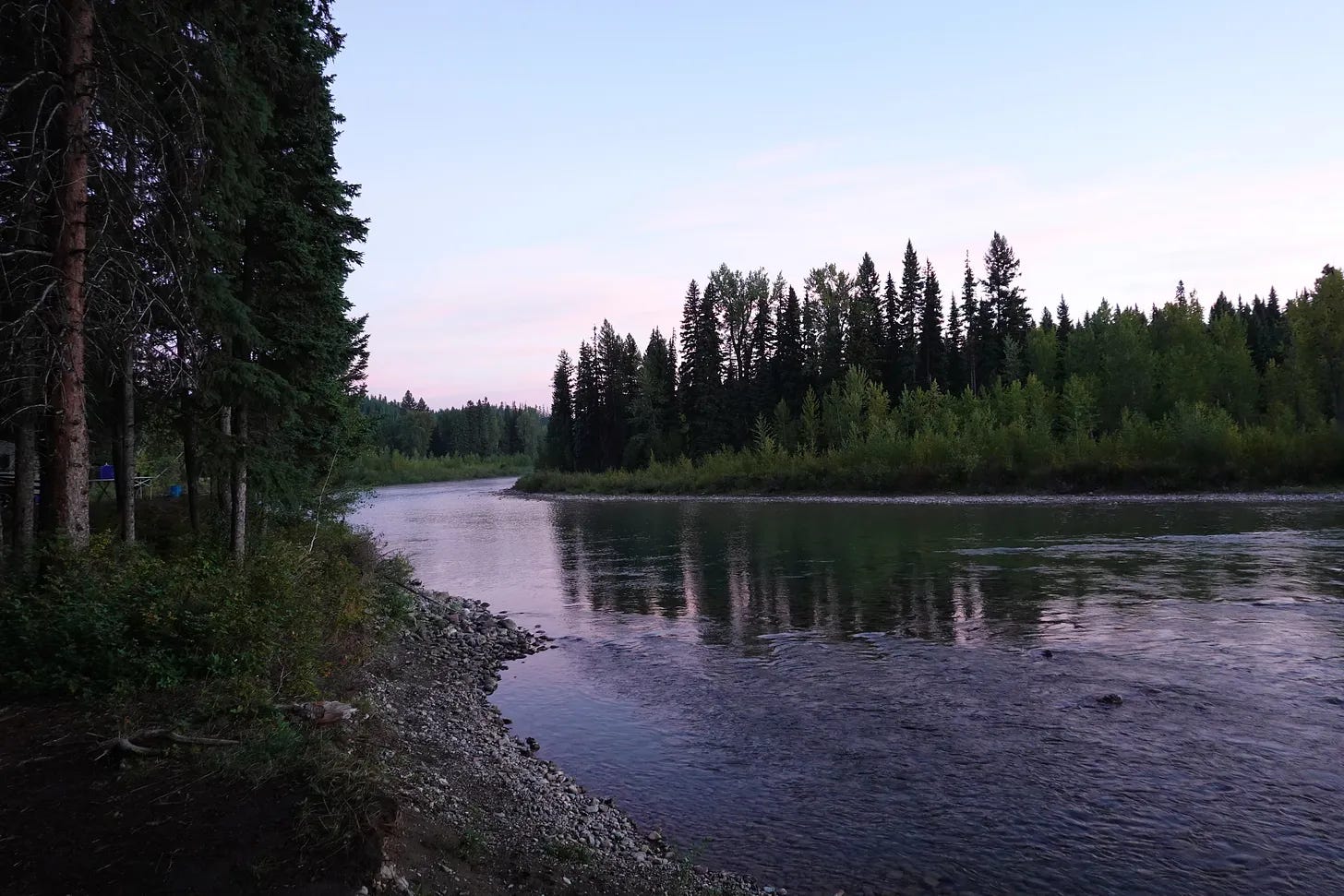
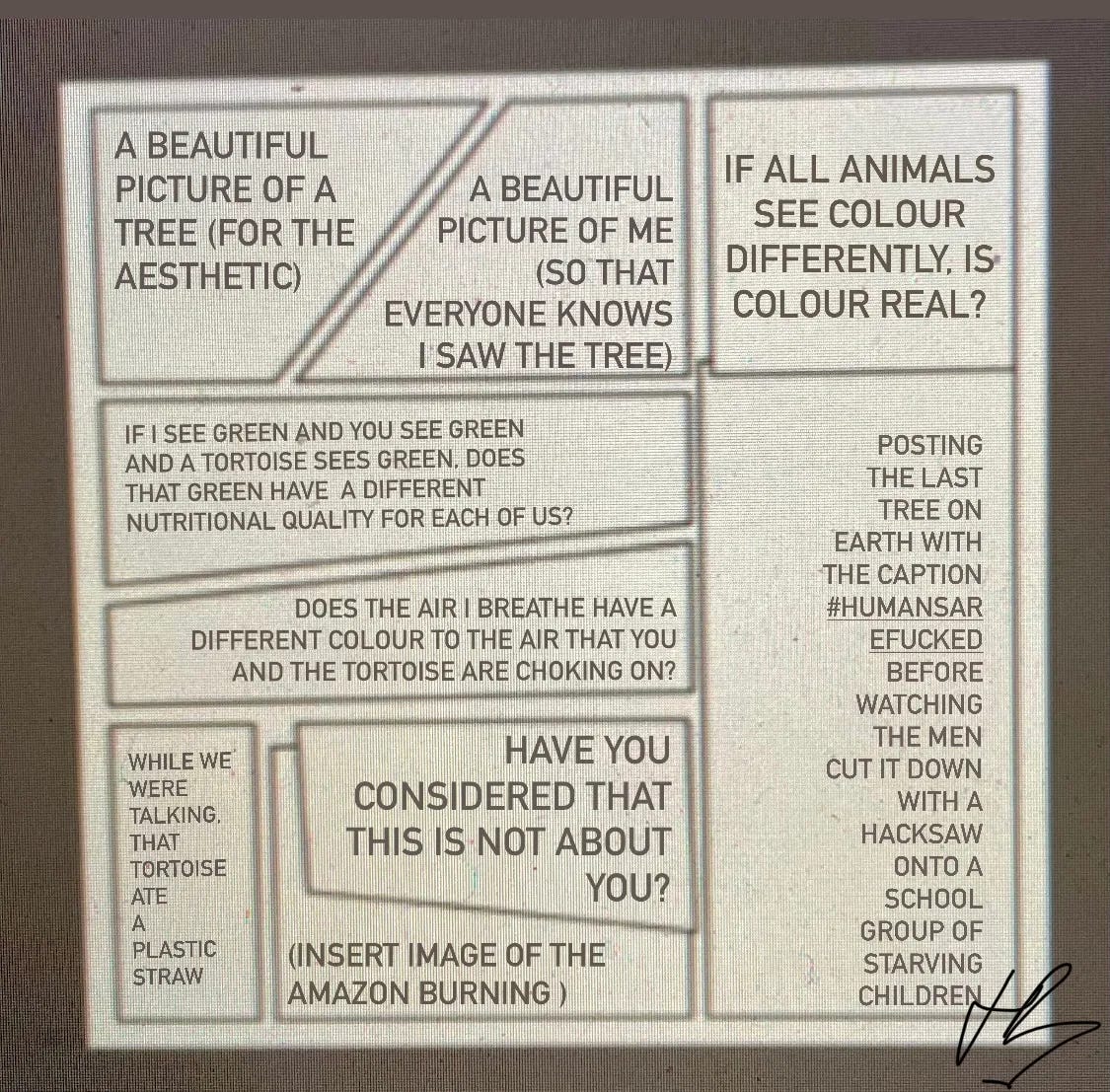

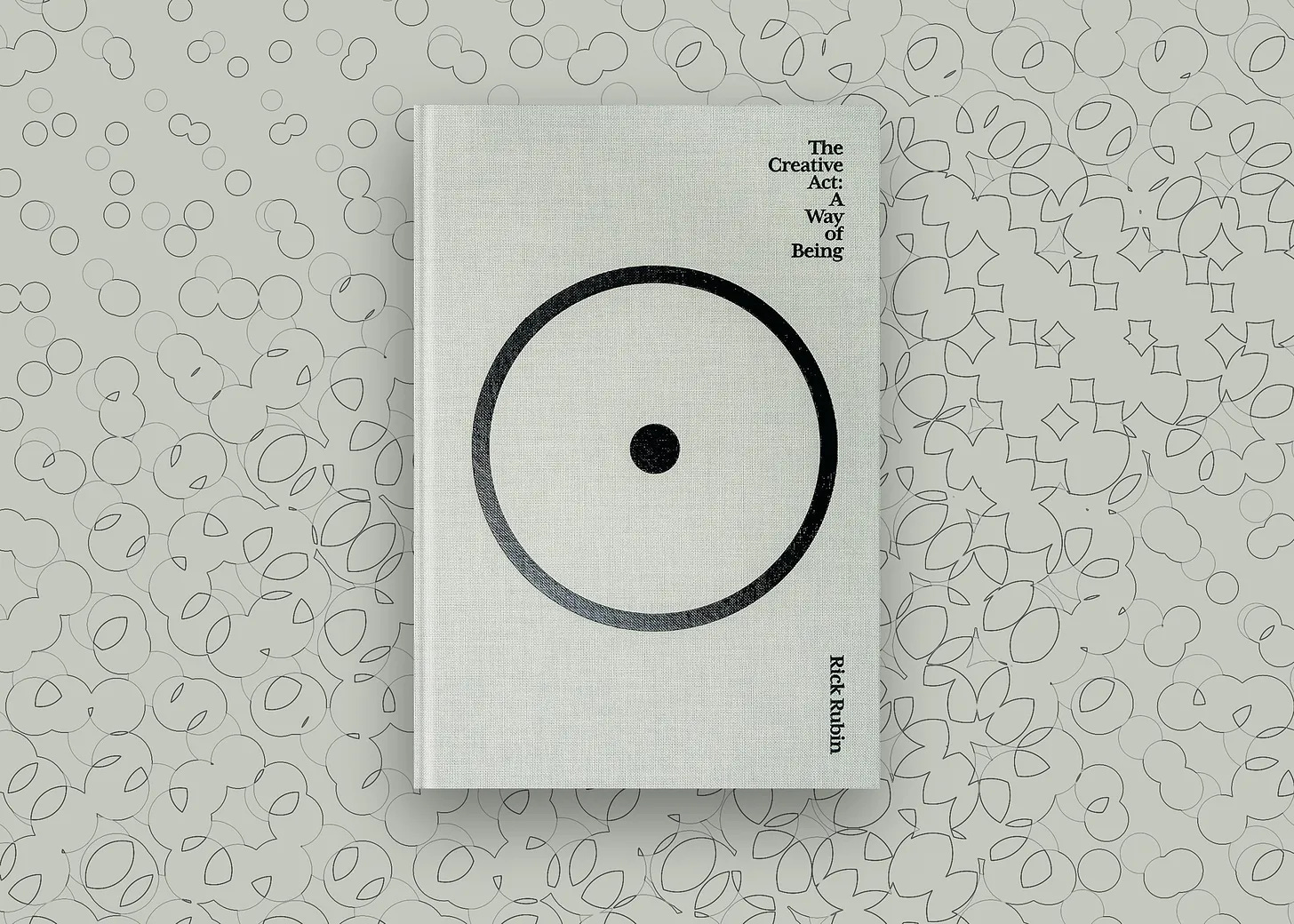
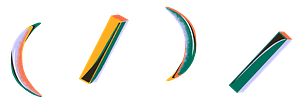








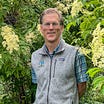
No comments:
Post a Comment